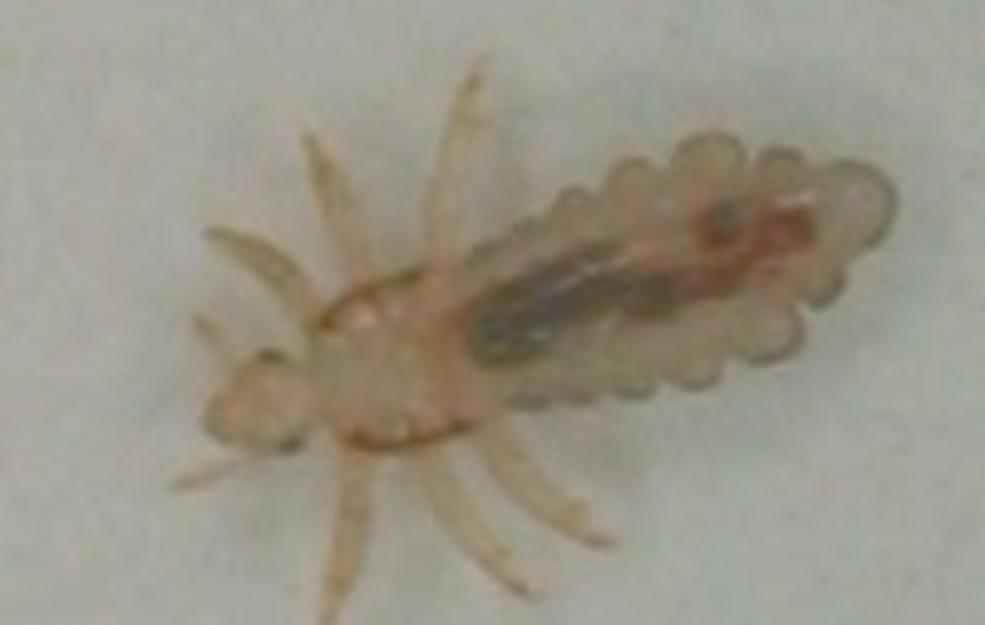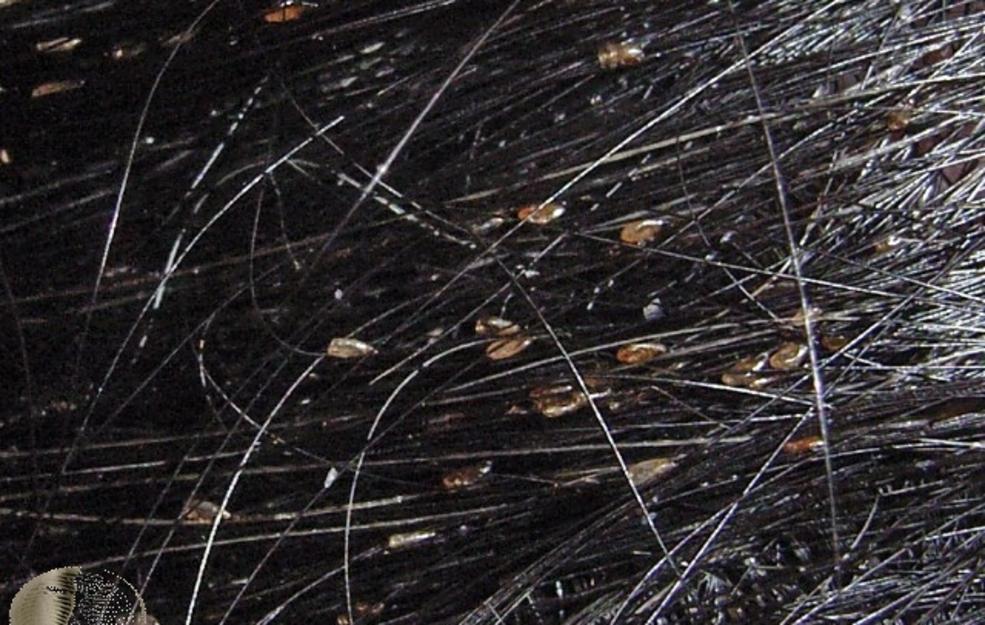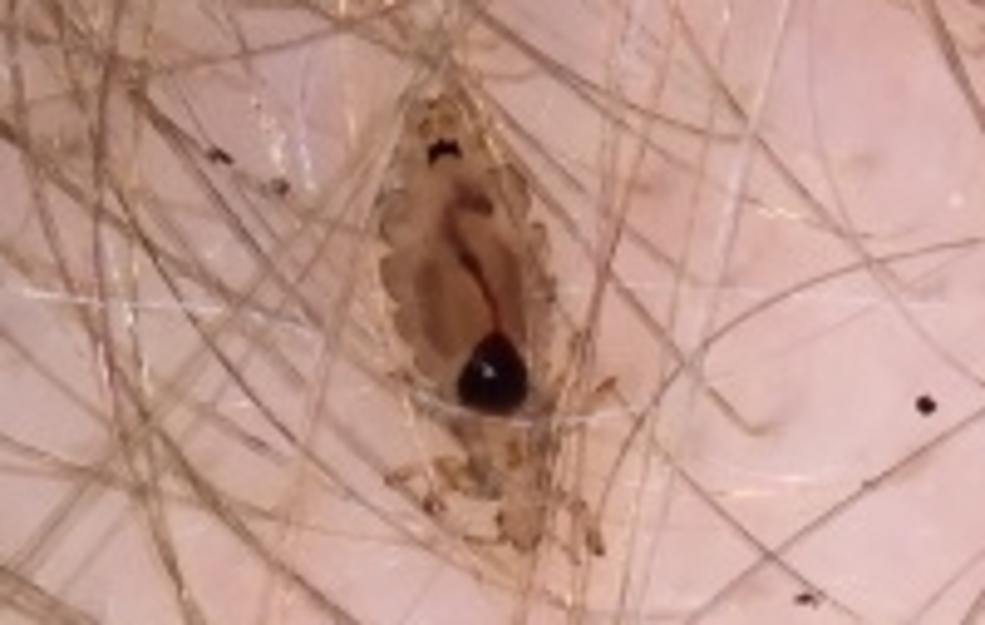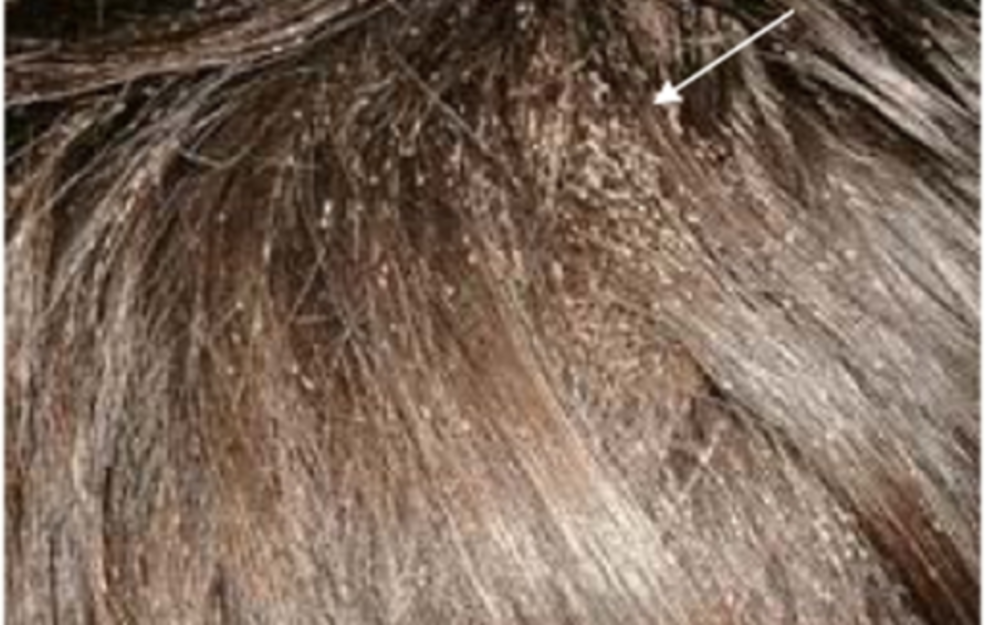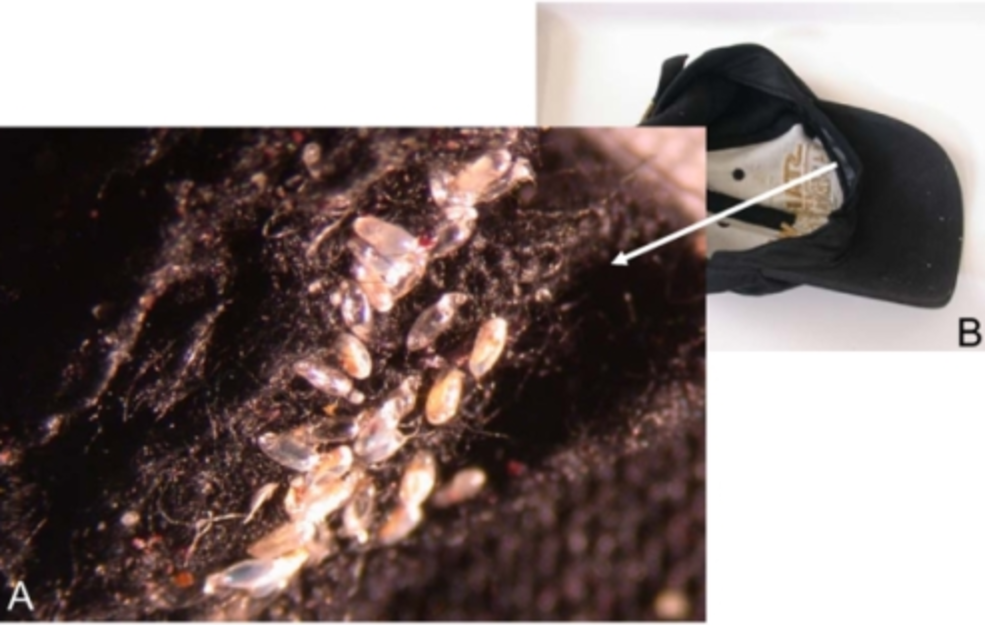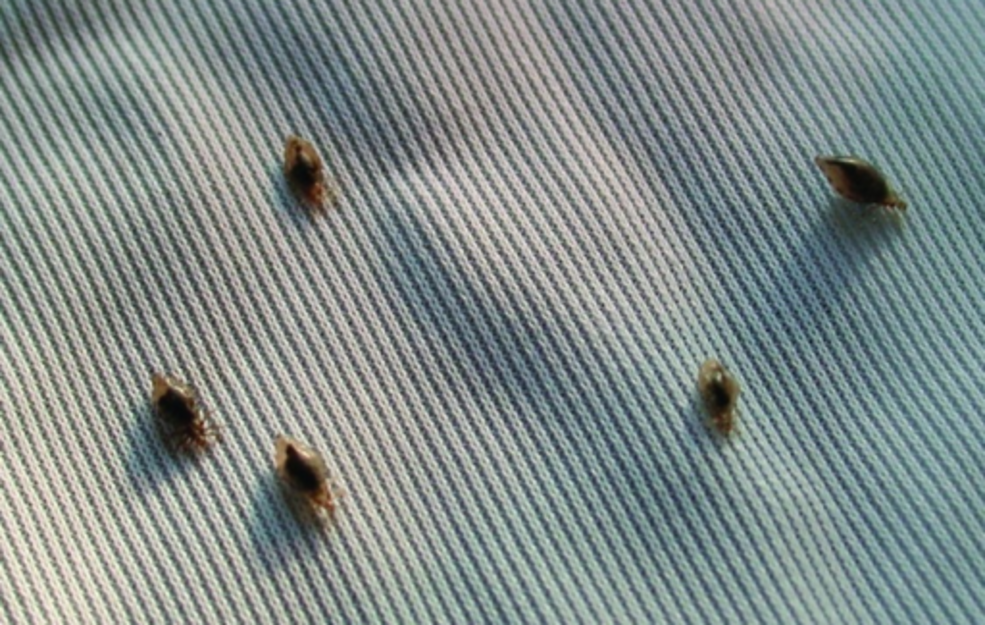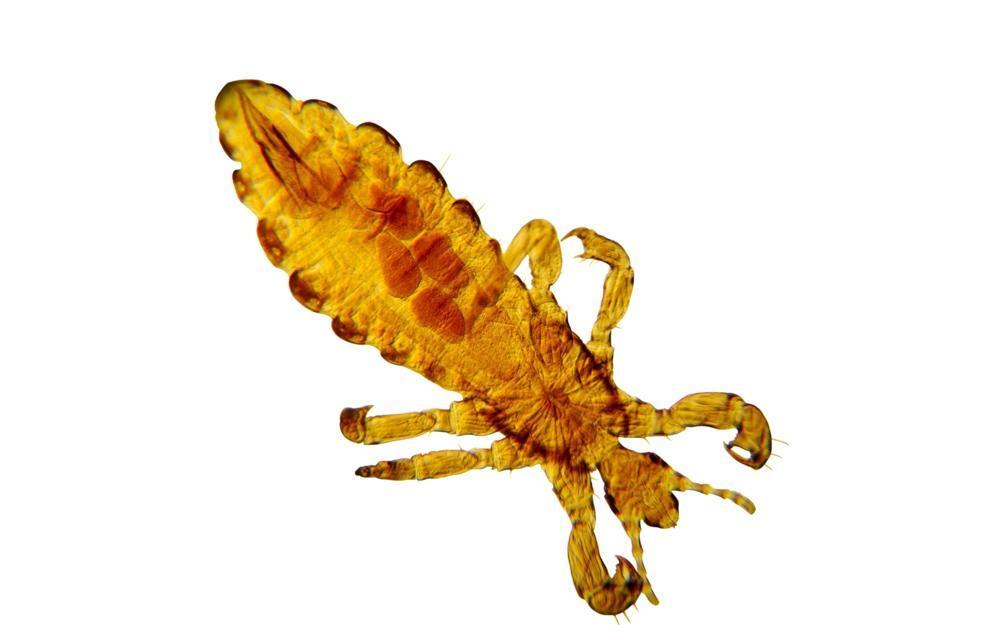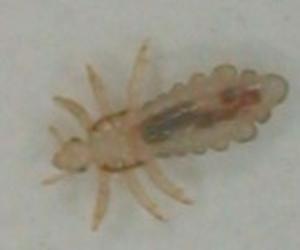How to Effectively Remove Head Lice

Head lice are often caused by a six-legged organism that subsists on the human head. They don’t cause long-term effects, but it might make the sufferer fight a relentless urge to scratch or score the scalp non-stop! Lice are really difficult to see, since they’re usually small in size and camouflage themselves. They can even survive being submerged under deep water for more than six hours. Medical experts claim that even chlorinated water might not kill head lice.
Contraction occurs with direct head-to-head contact with infected people. Sharing bedding, hair-brushes, and clothing can spread head lice from one to another. Anyone can contract head lice, but it’s most common in children between 3 and 14 years of age.
Symptoms Associated with Head Lice
If your child is experiencing any of the following signs and symptoms, it’s time to carefully check for lice:
• Feeling that something is crawling or creeping over the head
• Pinkish eyes
• A severely itchy scalp, which causes the scalp to turn reddish or become irritated
• Presence of brown bugs in the child’s hair
• Swollen or inflamed lymph nodes on the head
Getting Rid of Head Lice
Prescription drugs focused on treating head lice can sometimes be toxic, whereas over-the-counter treatments don’t provide consistent results. Nonetheless, the following home remedies can work pretty well in removing head lice.
Vinegar
Vinegar is highly effective in killing head lice since it suffocates the lice and dissolves dead units, which can then be removed using a detection nit comb.
Carefully mix equal portions of vinegar with baby oil, and gently apply it on the patient’s head. Thoroughly massage it while protecting the head with a plastic shower cap and leave it overnight. Shampoo the hair the following morning.
Tea Tree Oil
Head lice cause incessant itching and scratching which might lead to scrapes or scarring on the scalp, causing infection if not treated effectively. There are no doubts about tea tree oil’s efficacy as an exceptional topical antiseptic.
Mix 20 drops of tea tree oil with some olive oil, and mix thoroughly before applying it on your child’s head. The application can be done using cotton balls or a spray bottle. Make sure that the entire scalp is fully covered with a plastic shower cap. Allow for 24 hours before uncovering the hair.
After several applications of tea tree oil, head lice should completely be eliminated. However, is shouldn’t be used if:
• The sufferer has open wounds on the head
• The patient is allergic to tea tree oil. This is characterized by a strong stinging sensation with no symptoms of abating.
If you can’t get tea tree oil or if the patient is allergic to it, you can opt for several other essential oils that serve as perfect alternatives. These include aniseed, clove, eucalyptus, nutmeg, cinnamon leaf, peppermint, lavender, and red thyme oils.
Hot Oil Treatment
Most often, neem or coconut oil is utilized for this treatment. These play a crucial role in treating head lice because they contain lauric and azadiractin acids, which have anti-bacterial properties capable of protecting the affected area against secondary infections.
The lubricating nature of these oils also makes it possible for the nits or lice to come off the head when combing. Simply melt coconut oil until it’s hot, but shouldn’t be scalding. Take liberal amounts of the heated oil and use it to gently massage the hair as well as your scalp.


